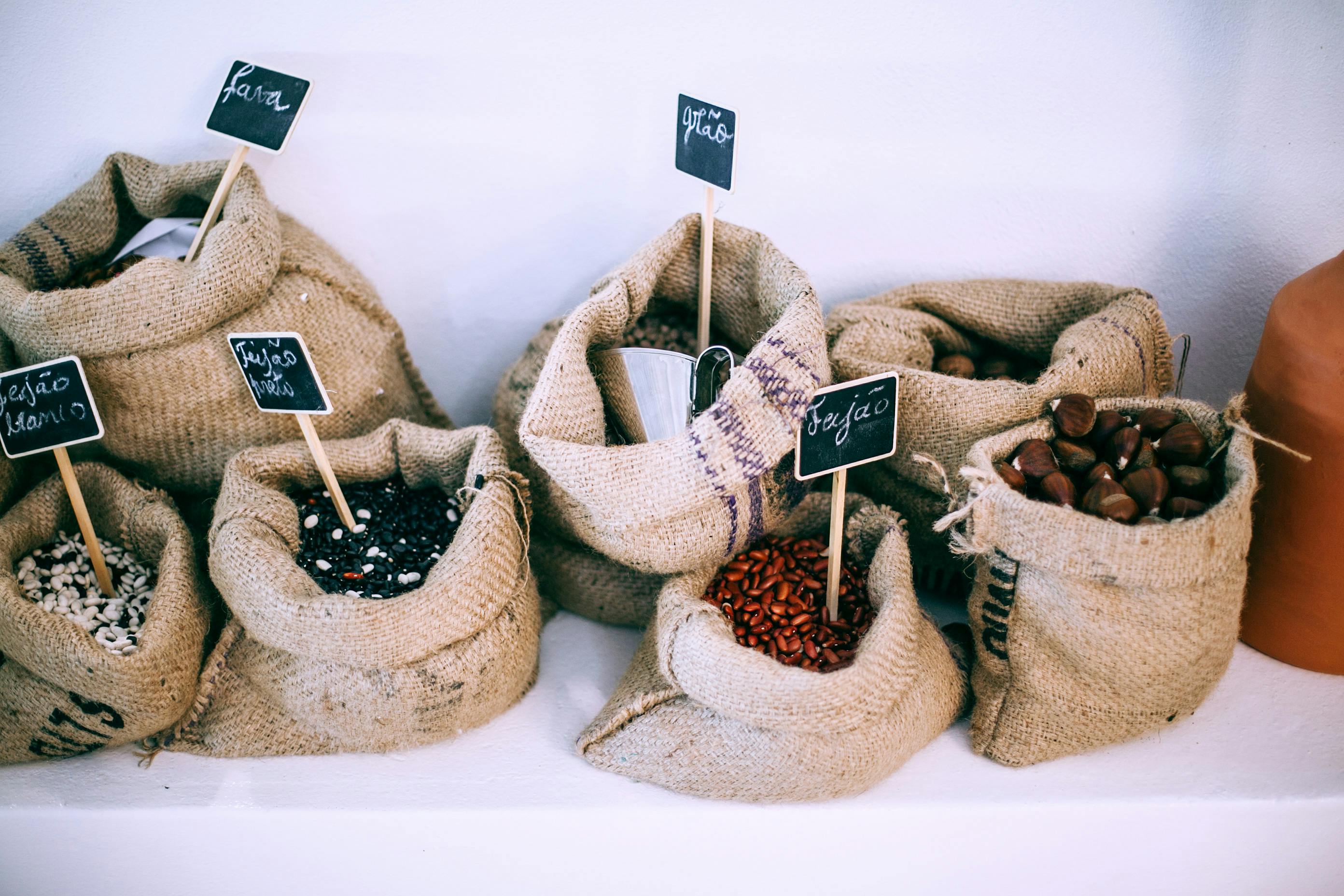The bucket has been a part of human history for thousands of years. Thought to have originated from the word “buc”, which meant pitcher in Old English, the word was first used in the 13th century and continues to be a part of our ever-evolving language, from slang to computer terminology.
From early childhood – the miniature bucket and shovel, enjoyed in a sand pit or on the beach – to the very end of human life when people euphemistically “kick the bucket”, this essential item is a part of life and everyday language, used in each part. of the world.
ancient cubes
The earliest representations of these useful objects are found in carvings dating to around 3200 BC. C., showing Pharaoh Narmer with a servant carrying a bucket. Assyro-Babylonian carvings have gods and genii with small buckets, containing lustral (sacred) water in one hand and a sprinkling cone in the other. Ancient Olmec carvings in Mexico also show priests with small buckets.
greek artifacts
The Metropolitan Museum of Art in New York has a beautifully painted terracotta Greek bucket (situla) dating to 350 BC. These buckets were used to decant, cool and serve the wine. The museum also has a very rare one made of glass with silver handles, which is highly unusual as metal situlas were much more common.
roman firemen
The vigiles, modeled after the firefighters of Alexandria, became known as the “little companions of the bucket” (Spartoli) or the bucket brigades. The buckets they used were made of rope sealed with pitch. Firefighters continued to use humane “bucket chains”, and rescuers of earthquake victims still use them to this day.
medieval Europe
In northern European countries, buckets were made of metal, wood, and leather. Wooden buckets were made by coopers with staves or rope handles. In addition to their many domestic uses: milking, drawing water from wells, sanitation, and construction, they were also used in war machines as catapults as an early form of biological warfare, used to hurl waste, human body parts, and dead and diseased animals. on the fortification walls of cities, castles and towers.
galvanized iron buckets
Patented by Stanislas Sorel in 1837, strong, rust-resistant galvanized buckets quickly replaced leather and wooden buckets. Metal buckets with different compartments and removable glasses were manufactured, for use as lunch boxes. Enamelled lunch buckets known as gamelles and lidded granite containers continued to be made into the last century. The basic metal bucket was further adapted for a variety of uses, including coal buckets, bird feeders and drinkers, mop buckets, and digger buckets.
the plastic bucket
Inexpensive, lightweight, multicolored plastic buckets first became available in 1967, in a variety of shapes and sizes. They were quickly adopted by the food industry for the sale of ice cream, confectionery, take-out chicken, and other food products. Plastic buckets are used to sell cleaning products, feed, fertilizers, toys, nails, clips and a host of other items, whose continuity seems to be assured, regardless of modern advances and inventions.
